Dwarka- The Undersea Kingdom of Lord Krishna
- Ancient history Indian Mythology mythology
 Shweta Toppo
Shweta Toppo- January 24, 2023
- 0
- 1693
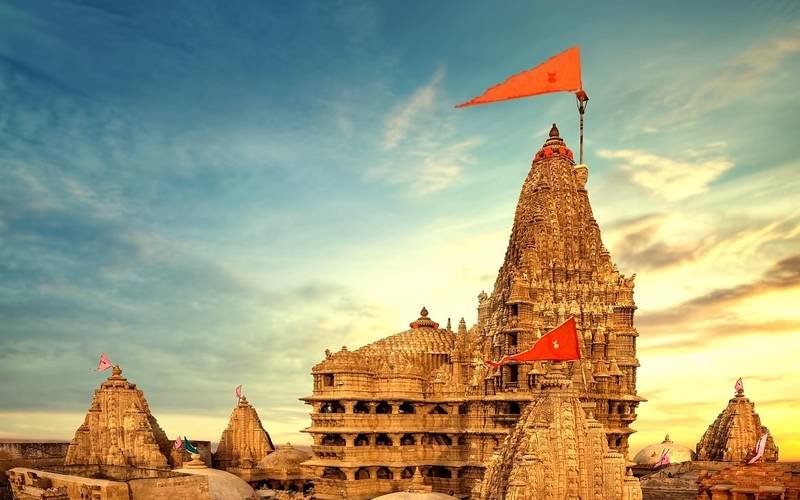
What do we know about Dwarka?
Dwarka is a historical city within the northwestern Indian nation of Gujarat. According to Hindu mythology, it was the capital of Lord Krishna’s kingdom. The city is considered one of the seven most ancient religious cities in the country and is a popular pilgrimage site for Hindus. Archaeological evidence suggests that Dwarka was a thriving port city during the Indus Valley Civilization. The city has been submerged underwater for centuries and underwater excavations have revealed structures that are believed to be from the ancient city. Many temples and other religious sites in Dwarka are still visited by thousands of pilgrims every year.
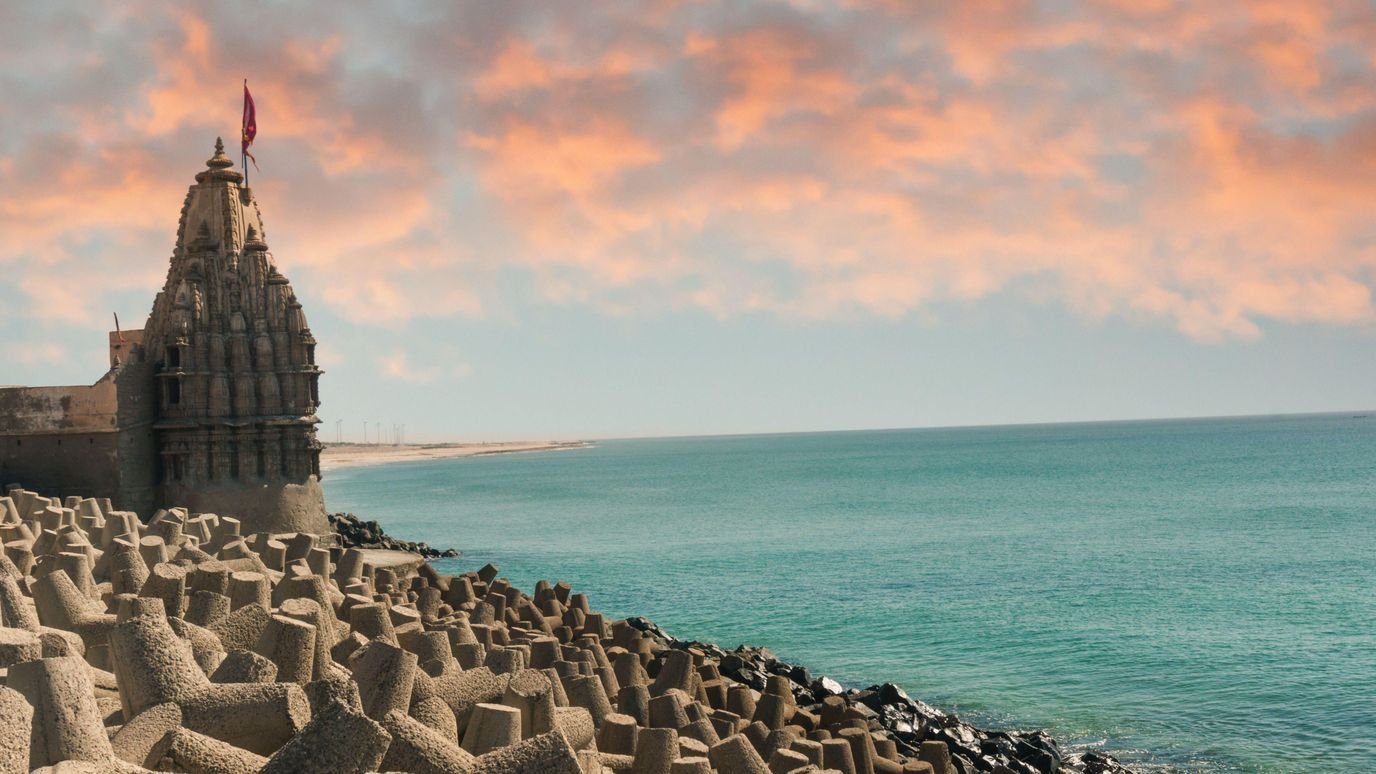
The History of Dwarka:
The history of Dwarka is closely tied to Hindu mythology, which describes it as the capital of Lord Krishna’s kingdom. According to legend, the city was built by the god Vishwakarma and was visited by Lord Krishna several times during his lifetime. The Mahabharata, one of the two major Sanskrit epics of ancient India, describes Dwarka as a prosperous city with a strong fort and a large population.
Archaeological evidence suggests that Dwarka was a thriving port city during the Indus Valley Civilization. Excavations at the site have revealed structures that are believed to date back to the 2nd millennium BCE. Some scholars believe that the city was destroyed by natural disasters, such as earthquakes and floods, and was eventually submerged underwater.
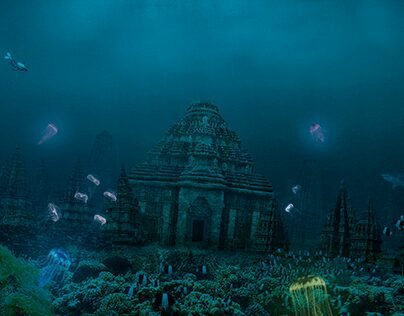
Later on, in the 7th century AD, it was re-established by a ruler of the Gujrat, who built a temple dedicated to Lord Krishna. It became an important centre for pilgrimage and the temple remains one of the most visited religious sites in India.
It is also believed that the city of Dwarka has been submerged and re-emerged six times in the past and the present Dwarka is the 7th such city. In recent years, excavations by the Archaeological Survey of India have uncovered more evidence of the ancient city, including a large stone structure that is believed to be a part of Lord Krishna’s palace.
The significance of Dwarka:
Dwarka holds great significance in Hindu mythology and religion. According to Hindu belief, Lord Krishna, one of the most important deities in the religion, established his kingdom in Dwarka and it is considered one of the seven most ancient religious cities in India. The city is also said to be one of the four principal pilgrimage sites for Hindus, known as Char Dham, the other three being Rameswaram, Puri, and Badrinath.
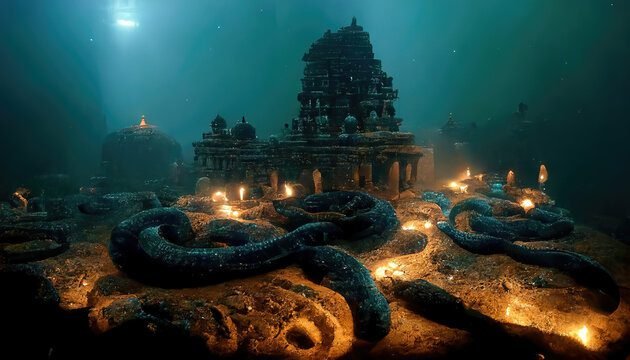
The Dwarkadhish Temple, also known as the Jagat Mandir, is one of the most important religious sites in Dwarka. It is believed to have been built by Lord Krishna’s grandson, Vajranabh, and is said to be the original temple of Lord Krishna. The temple is visited by thousands of pilgrims every year, particularly during the annual Dwarkadheesh Utsav festival, which is celebrated in the month of December-January.
Dwarka is also an essential center for studying ancient Indian history, archaeology, and culture. Excavations at the site have revealed valuable information about the Indus Valley Civilization and the development of ancient Indian architecture and urban planning.
In addition, Dwarka is also an essential center for studying ancient Indian history, archaeology, and culture. Excavations at the site have revealed valuable information about the Indus Valley Civilization and the development of ancient Indian architecture and urban planning.
In short, Dwarka holds great religious, historical, and archaeological significance for India and is a popular destination for tourists and pilgrims alike.

What life was like in Dwarka?
It is difficult to know for certain what life was like in ancient Dwarka, as much of the information about the city comes from Hindu mythology and religious texts, rather than historical records. However, based on the information available from archaeology and historical research, we can infer that Dwarka was a prosperous and advanced city.
As an ancient port city, Dwarka would have been a hub of trade and commerce. The city would have been home to a diverse population of merchants, artisans, and traders, as well as a strong ruling class. According to legend, the city was protected by a strong fort and had many palaces, temples, and other public buildings.
Life in Dwarka would have been closely tied to religion and the worship of Lord Krishna. The city would have been home to many temples and other religious sites, and religious festivals and ceremonies would have been an essential part of daily life. According to Hindu mythology, Lord Krishna ruled the city with wisdom and justice, ensuring the well-being of his subjects. The city was described as a place of peace, prosperity and harmony.
It is also possible that the ancient city of Dwarka was influenced by the Indus Valley Civilization, which was known for its advanced urban planning and architecture. Excavations at the site have revealed structures that are believed to be from the Indus Valley period, such as a large stone structure that is thought to be a part of Lord Krishna’s palace.
In summary, we can infer that life in ancient Dwarka was a blend of religion, trade, and culture, with a strong emphasis on the worship of Lord Krishna and the prosperity of the city and its inhabitants.
The city’s inhabitants of Dwarka:
It is believed that ancient Dwarka was home to a diverse population of people, including merchants, artisans, and traders, as well as a strong ruling class. According to Hindu mythology, the city was founded and ruled by Lord Krishna, who is said to have established a just and prosperous kingdom. The city was described as a place of peace and harmony, where all the inhabitants lived in harmony and prosperity.
The city would have also been home to a large number of priests and other religious figures, as Dwarka was a centre of worship for Lord Krishna. Pilgrims would have also visited the city, adding to its diverse population.
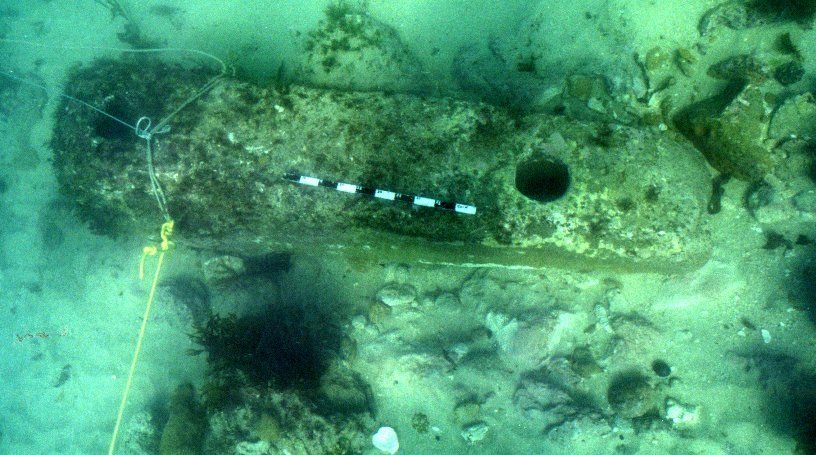
Archaeological evidence suggests that the ancient city of Dwarka was influenced by the Indus Valley Civilization, which was known for its advanced urban planning and architecture. Excavations at the site have revealed structures that are believed to be from the Indus Valley period, such as a large stone structure that is thought to be a part of Lord Krishna’s palace. It is possible that the inhabitants of Dwarka during the Indus Valley period were part of the Indus Valley civilization, and they would have been engaged in agriculture, trade, and handicrafts.
Overall, while it is difficult to know for certain what the inhabitants of ancient Dwarka were like, it is likely that the city was home to a diverse population of people engaged in a variety of occupations, and that the city was a centre of worship, trade, and culture.
The city’s demise:
The exact cause of the demise of ancient Dwarka is not known for certain. According to Hindu mythology, the city was destroyed by natural disasters, such as earthquakes and floods, and was eventually submerged underwater. This is said to have occurred during the reign of Lord Krishna, who is said to have foreseen the destruction of his city and ordered the evacuation of its inhabitants.
Archaeological evidence supports the idea that the city was submerged by water, as excavations at the site have revealed structures that are now underwater. Some scholars believe that the city was destroyed by a massive flood or tsunami, which would have been caused by a combination of geological and oceanographic factors.
However, some other researchers believe that the city’s demise was not caused by natural causes, but by human activities such as invasions, internal conflicts, or political instability. Some studies have also pointed out that the city’s demise could have been caused by a combination of natural and human factors.
It is also believed that the city of Dwarka has been submerged and re-emerged six times in the past and the present Dwarka is the 7th such city.
In summary, the exact cause of the demise of ancient Dwarka is not known for certain, it is likely that it was a combination of natural and human factors. The city’s submergence underwater has made it difficult to study, but the evidence that has been found supports the idea that it was a victim of natural disaster.

The city’s rediscovery:
The ancient city of Dwarka was not well known to the wider world until the early 20th century, when archaeological excavations began to uncover its remains. The first excavations at the site were conducted by the Archaeological Survey of India (ASI) in the 1930s, but they were limited in scope and did not reveal much about the city.
It was not until the 1980s and 1990s that significant progress was made in the rediscovery of Dwarka. The ASI, in collaboration with the Marine Archaeology Unit of the National Institute of Oceanography (NIO), began a series of underwater excavations at the site. These excavations revealed a wealth of information about the city, including structures that are believed to be from the Indus Valley period, such as a large stone structure that is thought to be a part of Lord Krishna’s palace.
These excavations also revealed evidence of an ancient harbor and a system of channels and reservoirs that were used to control water flow. This confirmed the historical and mythological accounts of the city being an important port city and center of trade.
Furthermore, several artifacts such as pottery, seals, beads, and other artifacts were also discovered, which have helped researchers to understand more about the daily life, culture and economy of the ancient city’s inhabitants. In recent years, the ASI has continued to excavate the site, uncovering more evidence of the ancient city, and the process of rediscovery of Dwarka is ongoing.
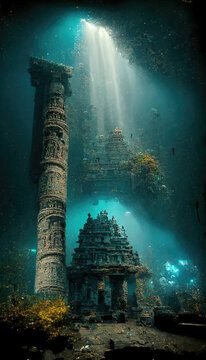
In summary, the rediscovery of Dwarka has been a gradual process, spanning several decades. Excavations by the ASI, in collaboration with other institutions, have revealed a wealth of information about the city, including its history, architecture, and culture. The process of rediscovery is ongoing and it is expected that future excavations will continue to uncover more about the ancient city.
Conclusion:
In conclusion, Dwarka is an ancient city in the northwestern Indian state of Gujarat that holds great significance in Hindu mythology and religion. According to Hindu belief, Lord Krishna, one of the most important deities in the religion, established his kingdom in Dwarka and it is considered one of the seven most ancient religious cities in India. The city is also said to be one of the four principal pilgrimage sites for Hindus, known as Char Dham. The city’s importance can be seen by the thousands of pilgrims that visit the Dwarkadhish Temple, also known as the Jagat Mandir, every year.
Archaeological evidence suggests that Dwarka was a thriving port city during the Indus Valley Civilization and excavations have revealed structures that are believed to date back to the 2nd millennium BCE. The city is said to have been destroyed by natural disasters and submerged underwater. The exact cause of the city’s demise is not known for certain but it is likely that it was a combination of natural and human factors.
The rediscovery of Dwarka has been a gradual process, spanning several decades. Excavations by the Archaeological Survey of India, in collaboration with other institutions, have revealed a wealth of information about the city, including its history, architecture, and culture. The process of rediscovery is ongoing and it is expected that future excavations will continue to uncover more about the ancient city.


